Let’s just come right out and admit it: it sucks to grow up. And not just because of the stiff knees and reading glasses and taxes; too often, you have to compromise. You can’t stay out till all hours, because you have to go to work in the morning. You can’t eat junk food because you’ll be awake at 3 AM with heartburn. It’s no fun at all. So on this Friday, let’s finish up our then-and-now week with a couple of cars from a company that never did really grow up, and until recently, refused to compromise.
Yesterday we looked at a couple of Volvo sedans from different eras, and, well, color me surprised. I expected the old 240 to run away with it; I figured the newer S60 would be too generic and too complicated to appeal to many of you. But as it turns out, the S60 won it, with nearly sixty percent of the vote. Maybe the 240’s long reign is finally coming to an end.
Except not for me, it isn’t. I am an enormous fan of black jellybeans, but I have no interest in a car that looks like one. Not when the alternative is an instantly recognizable classic that can still be used daily. Give me the 240, and I’ll spend the price difference fixing it up.

“Simplify,” goes the quote attributed to Lotus founder Colin Chapman, “then add lightness.” Take as much as you can away from the design, as long as it still functions. Make it light and agile, and you won’t need a big engine to power it. Lotus sports cars are wispy little things, built of spindly steel backbones and fiberglass shells, with just enough structure to hold everything together. And while most sports cars grew in size and weight over the years, Lotus maintained that lightness and simplicity, at least up through the newer of the two models we’re going to look at today. Let’s check them out.
1970 Lotus Elan S4 – $26,950
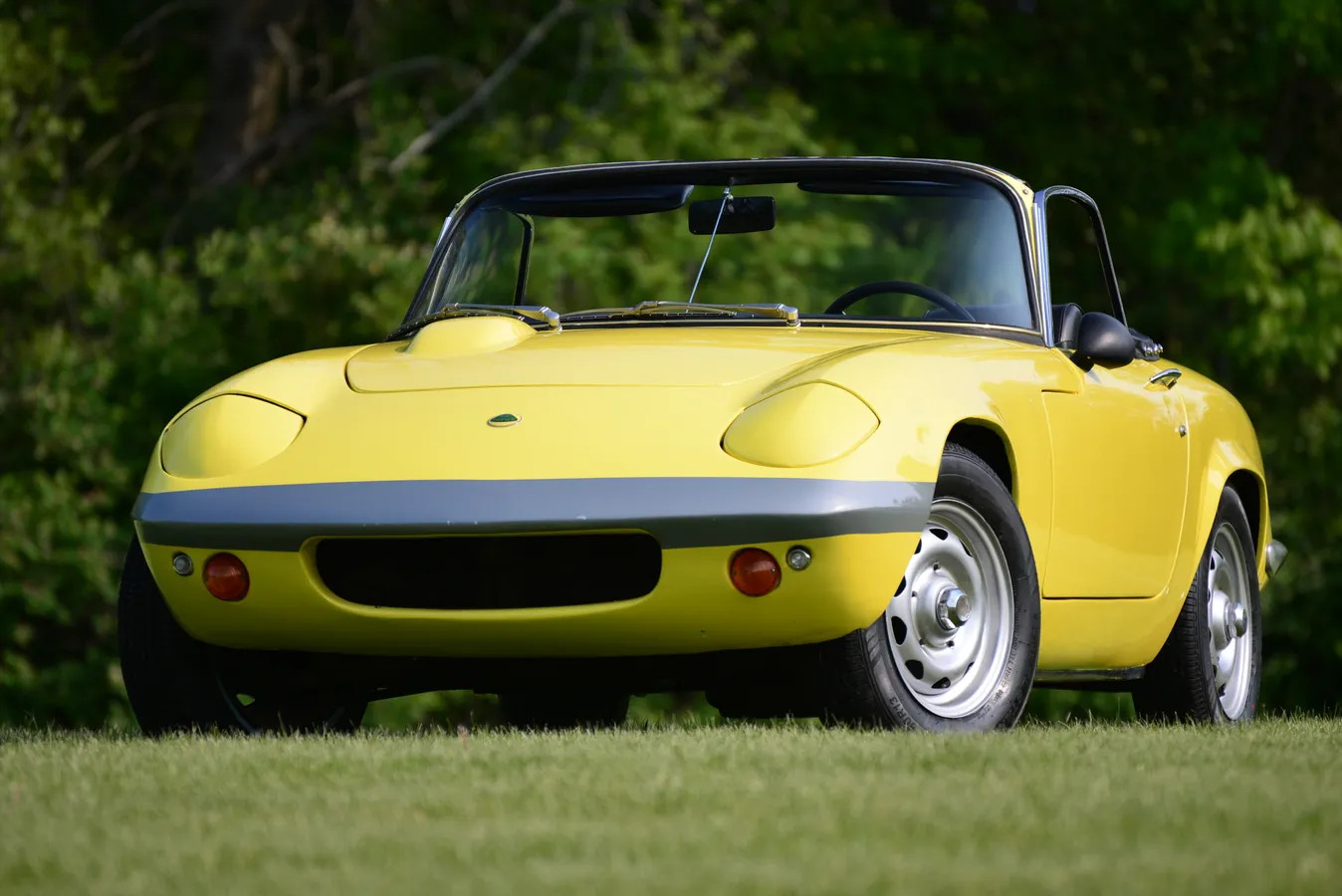
Engine/drivetrain: 1.6 liter DOHC inline 4, four-speed manual, RWD
Location: Sussex, WI
Odometer reading: 25,000 miles
Operational status: Runs and drives well
If you’re looking at the photo above and seeing a lot of NA Mazda Miata in it, there’s a reason for that; the Lotus Elan was one of Mazda’s benchmark cars for the Miata, and its front end styling is a pretty obvious homage. The smirky little grille-less air intake, the pop-up headlights, the wide and low stance – this is where it all came from. The Elan was Lotus’s second road-legal car, after the Elite, and it was produced for thirteen years – though, amusingly, no one is exactly sure how many of them were built. It’s around ten thousand, but precise counts vary.
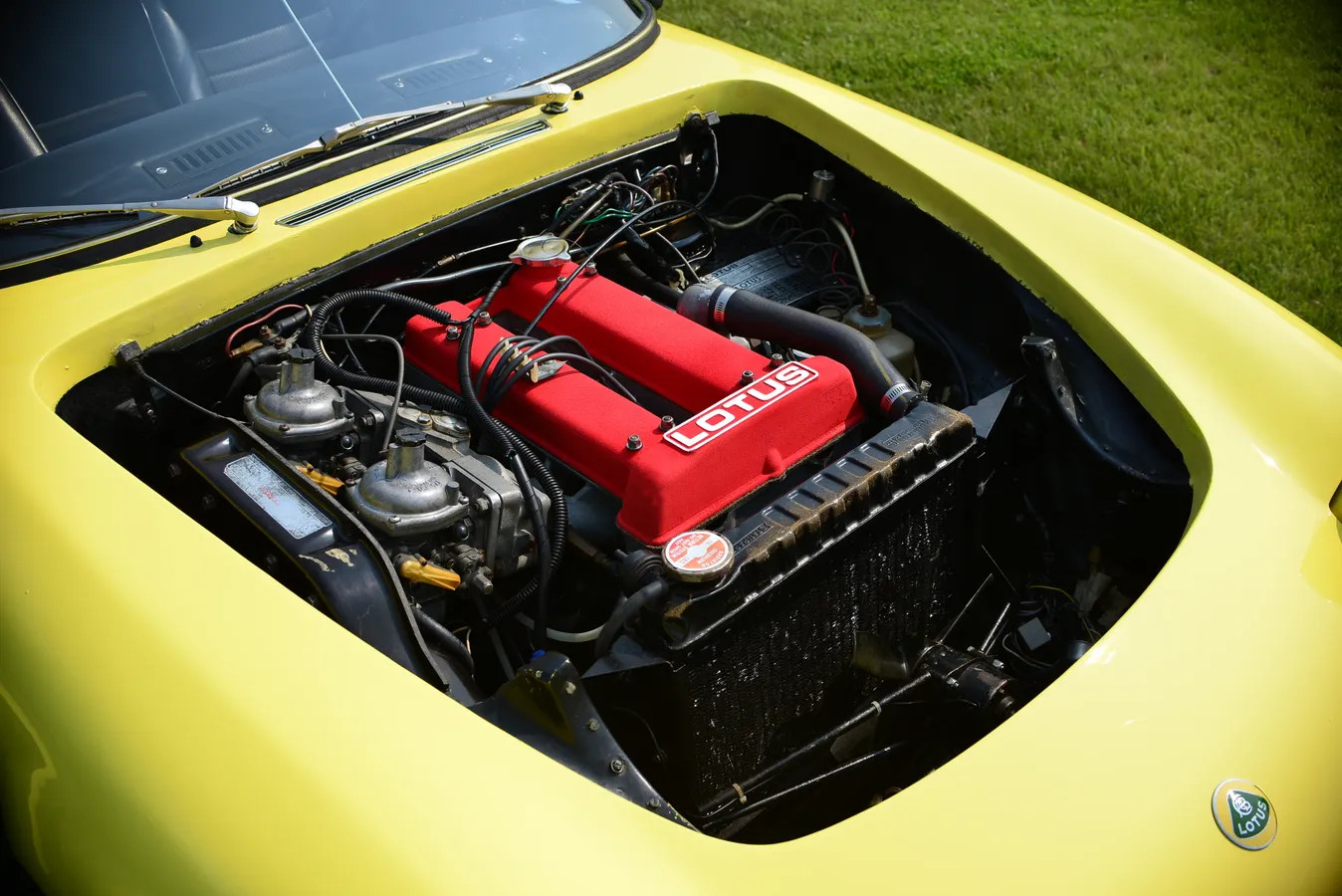
The Elan is built on a steel backbone that runs down the middle of the car, with all the suspension and drivetrain components attached to it. The fiberglass body bolts to that backbone. It’s rear-wheel-drive, with the engine up front, based on a Ford design with Lotus’s own twin-cam cylinder head. The Elan has four-wheel independent suspension and disc brakes all around, fancy stuff for its day. This one has had a whole lot of work done recently, and the seller says it “starts easily, runs great, and is an absolute pleasure to drive.”
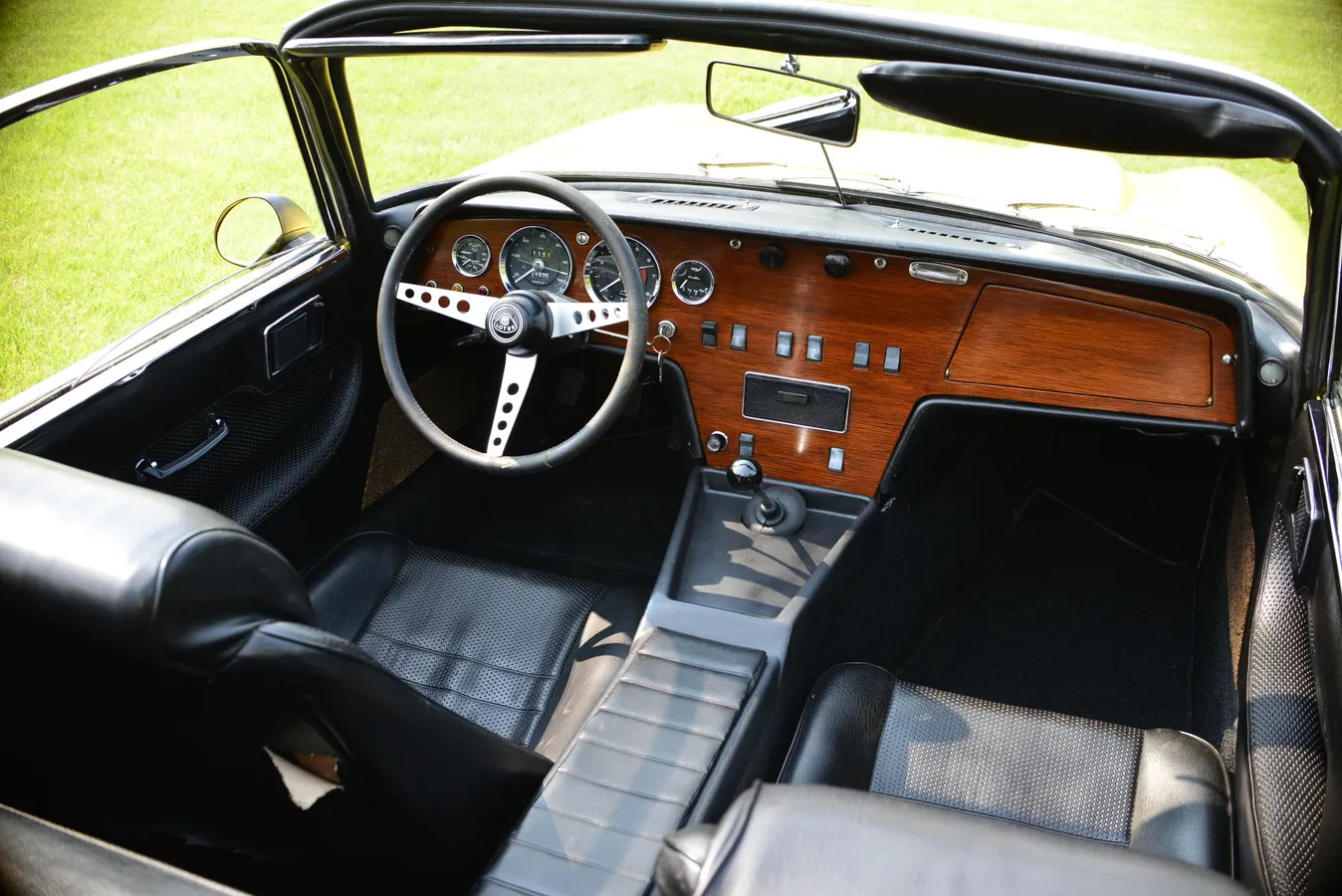
The minimalist theme is on full display inside; there’s no radio, and obviously no power features. I’m pretty sure it has a heater, but don’t quote me on that. it’s in passable condition, but the seats have a couple of popped seams, and there’s that small rip in the back of the driver’s seat. A good upholstery shop could fix that right up. But the wood dash has been replaced, and man, does it look nice.
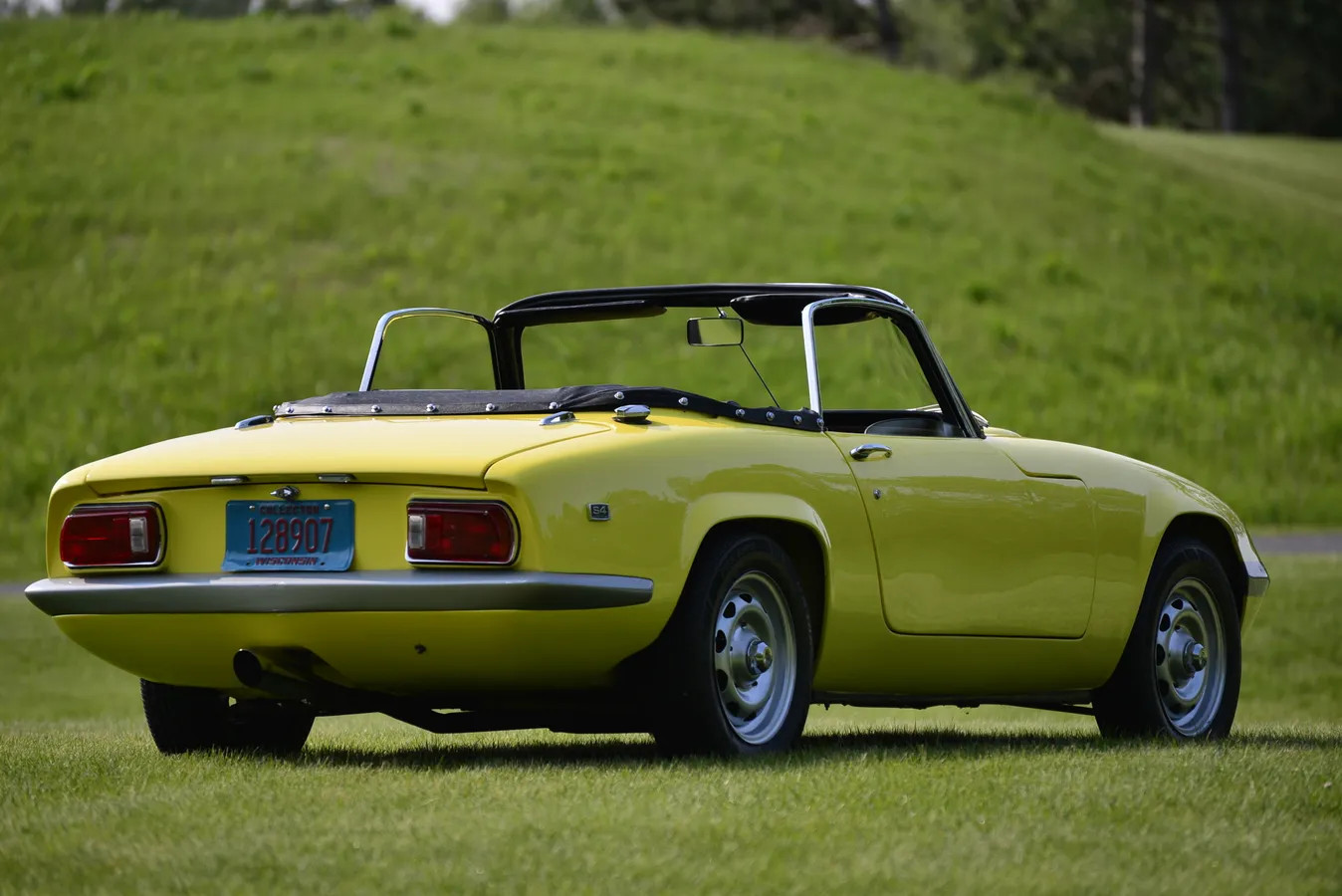
The seller describes the car as a “five-footer,” but honestly, if you’re going to get any closer than that, get in the damn thing and go for a drive, and don’t worry about a few blemishes in the fiberglass. It’s shiny, yellow, and cool-looking, and that should be enough for anybody.
2005 Lotus Elise (its real name) – $34,000
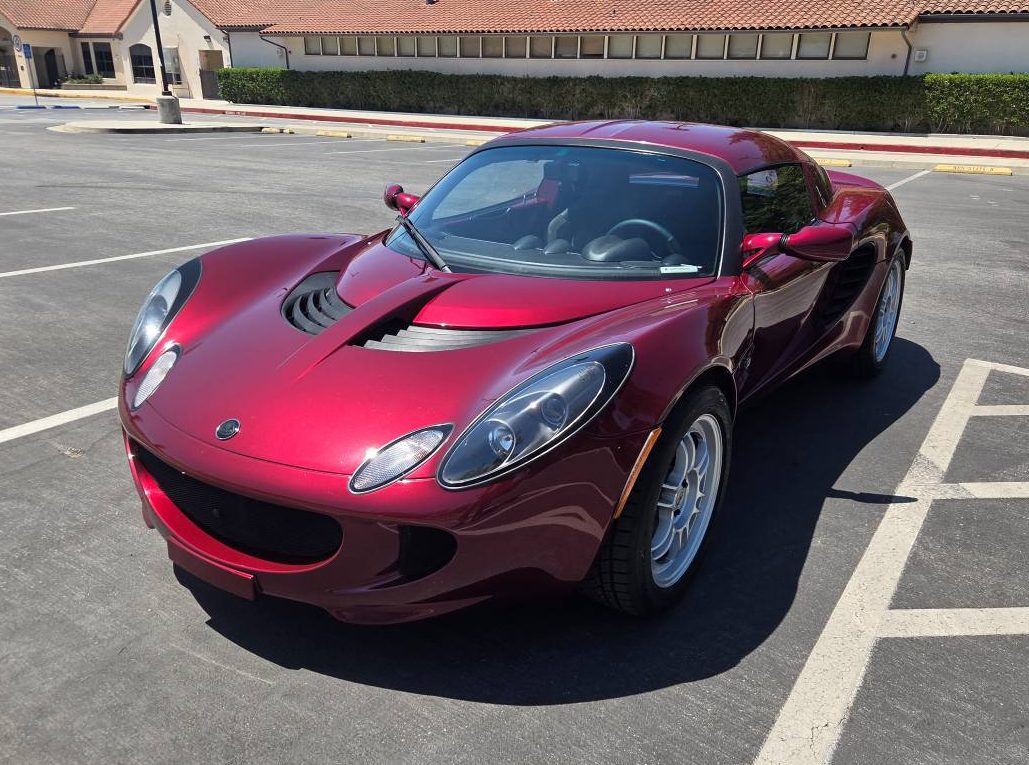
Engine/drivetrain: 1.8 liter DOHC inline 4, six-speed manual, RWD
Location: San Gabriel, CA
Odometer reading: 66,000 miles
Operational status: Runs and drives well
After Colin Chapman died in 1982, Lotus flailed a bit. A dalliance with Toyota, a brief period of ownership by General Motors, and investments from all over the world kept it afloat, and the cars were as cool as always – yes, even the front-wheel-drive Elan S2 – but its future was never certain. A ray of sunshine arrived in 1996, in the form of a sleek, curvy, new little mid-engine sports car: the Elise.
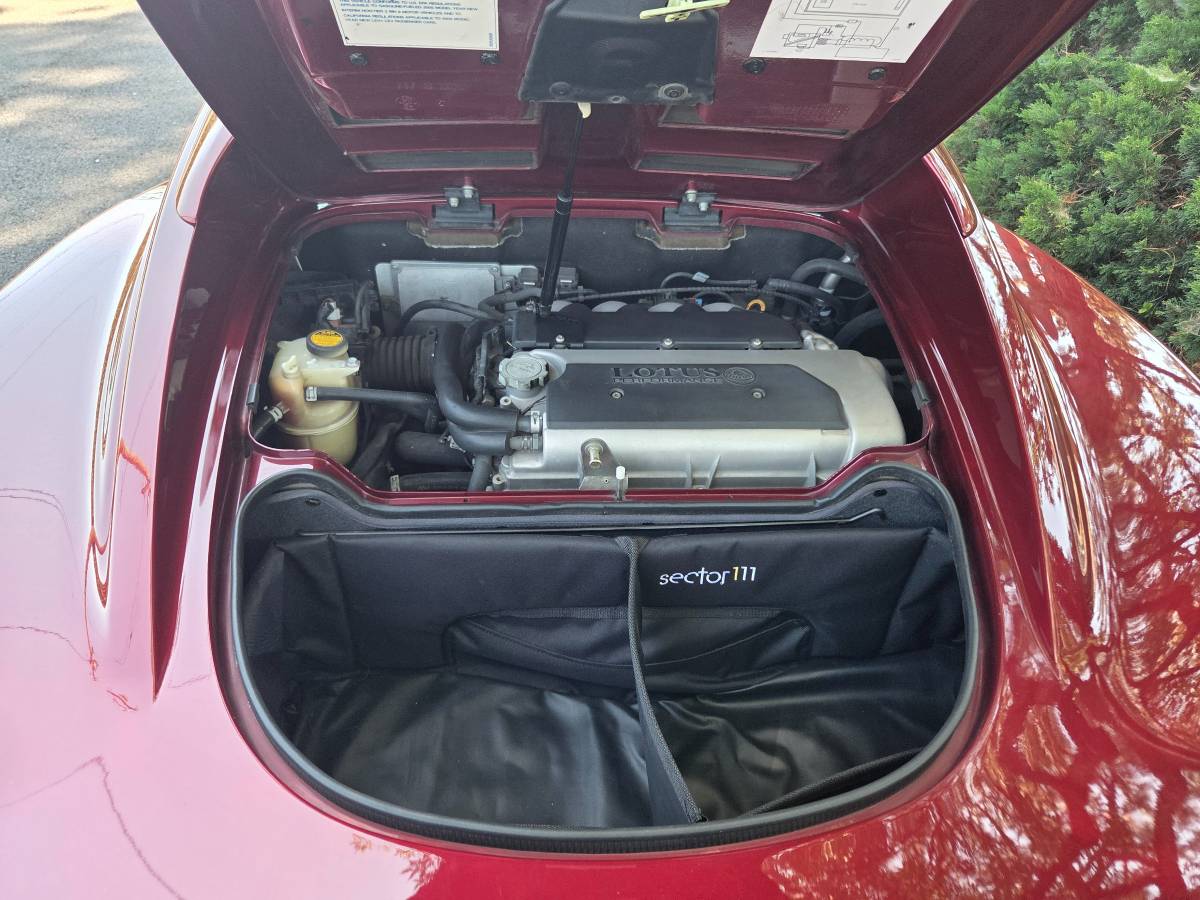
The original Elise was powered by a Rover engine, but by the time it arrived in the US in 2005, it had Toyota power, in the form of a 2ZZ-GE four-cylinder and a six-speed manual, the same powertrain found in the sporty versions of the Toyota Matrix and Pontiac Vibe. This car has nine more horsepower than those cars, and it weighs a thousand pounds less. It’s a quick car. A little too quick, for its first owner, as it turns out – the current owner bought it with a rebuilt title. It doesn’t take much to total an Elise, with its fragile fiberglass nose that isn’t separately replaceable, and a lot of them have ended up with rebuilt titles for minor altercations. The seller says it runs and drives just fine, and there is no indication of frame damage underneath.
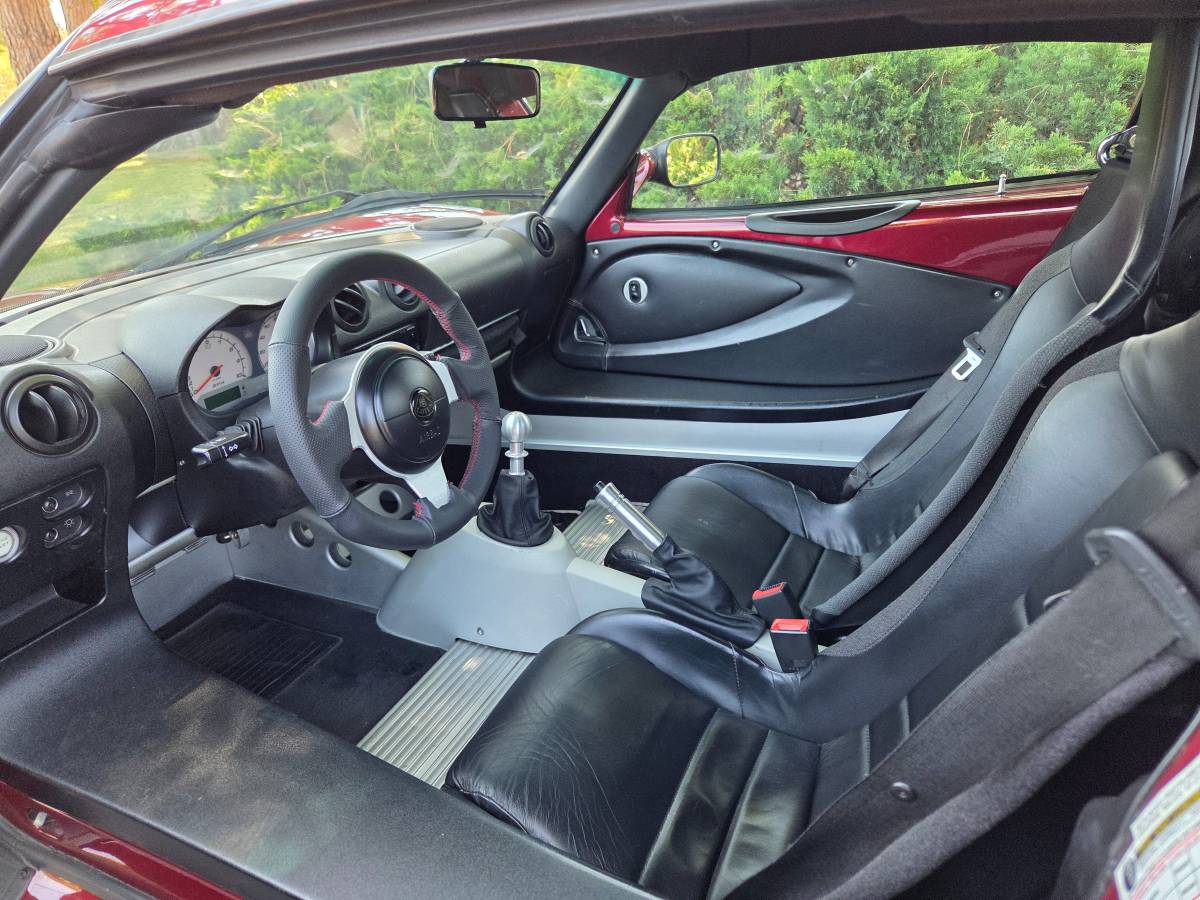
I’ve sat in an Elise – though I haven’t had the privilege of driving one – and I can tell you that at just a hair under six feet tall, I barely fit in it. And it’s not easy to get in and out of, either. The Elise is pretty Spartan inside, but it does have air conditioning and a stereo, and both work just fine. It’s in great shape inside, too.
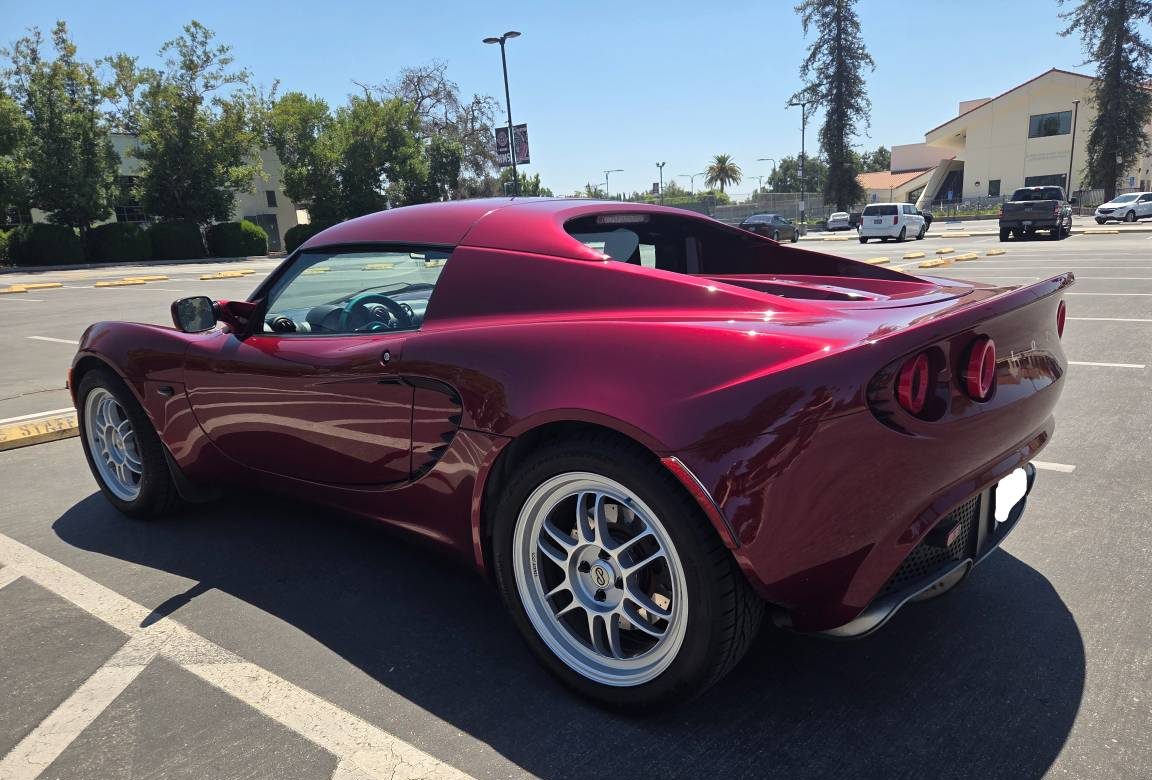
Outside, there’s no sign of the accident that dinged the title. It’s straight and shiny, and an excellent color. It has nice aftermarket wheels, and the original wheels are also included if you prefer. The Elise is a targa top, if you’d rather have fresh air than AC, and both the hard and soft tops are included in the sale.
Lotus is now owned by Chinese firm Geely, and its future seems to be electric and luxury-oriented, which is neither light nor simple. And I think that’s a shame, but at least Lotus’s lightest and simplest road car is still available, from Caterham. And of course, there are always used ones like these. Which one appeals to you?





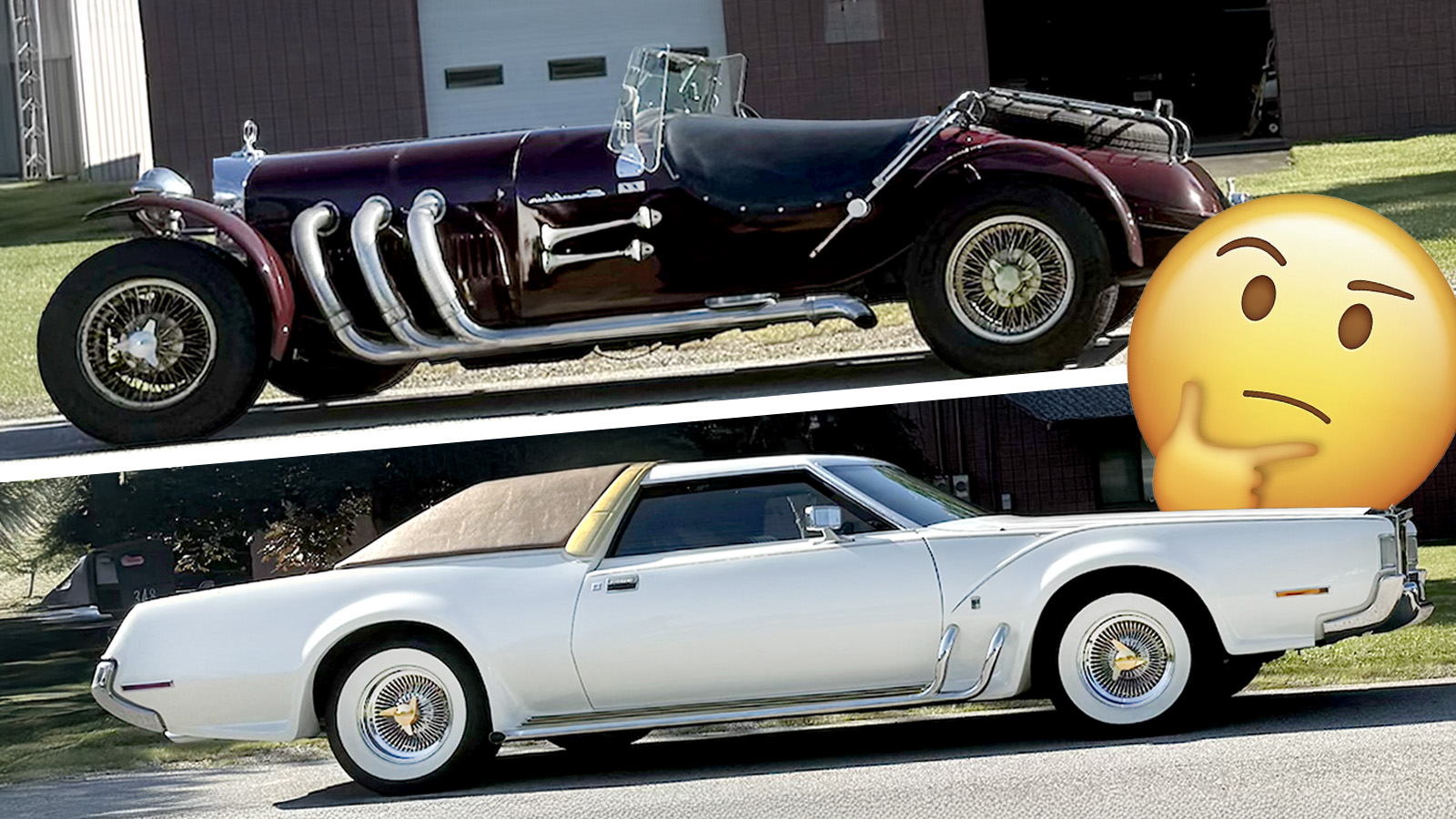

Its real name is Elise, but it’s really named after Elisa. True story.
https://www.instagram.com/p/DKU1NRSqVo6/?hl=en
I prefer the yellow one but after 40 and 225 pounds certain considerations make you go red. The color my head would be after getting into or out of the elan.